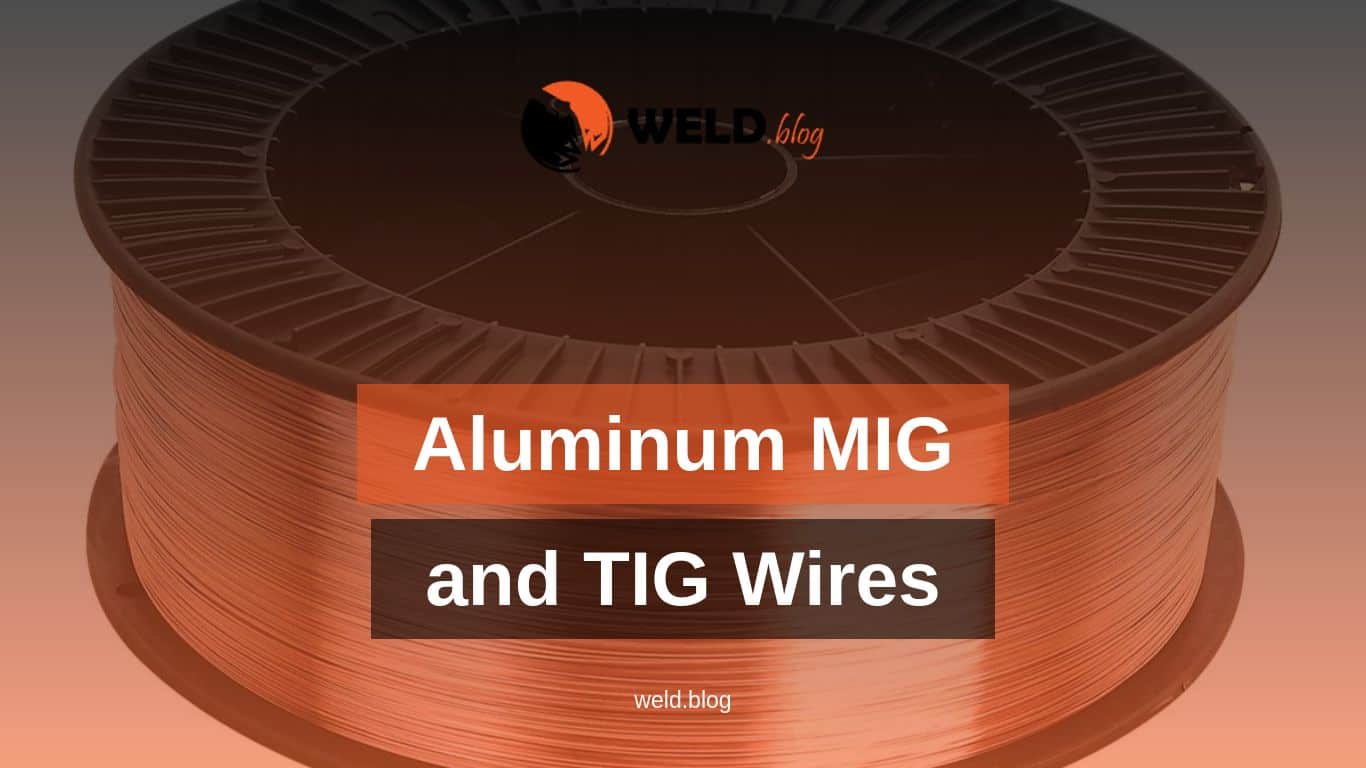When it comes to welding, there are two main types: MIG (Metal Inert Gas) and TIG (Tungsten Inert Gas). Both methods require the use of wires, and Aluminum MIG and TIG wires are some of the most popular options available in the market. In this article, we will discuss what MIG and TIG welding are, what Aluminum MIG and TIG wires are, and their importance in the welding industry today.
MIG Welding
MIG welding is a process where a wire is fed through a gun, which melts the wire to join two metals. This process is commonly used in the welding of steel, aluminum, and other alloys. One of the benefits of MIG welding is that it is fast and efficient, making it the go-to process for industrial applications that require high speeds and accuracy.
Aluminum MIG Wires
Aluminum MIG wires are used in MIG welding processes that involve aluminum and its alloys. These wires have a high level of purity and are the most commonly used type of wire in aluminum welding. MIG welding with aluminum wires requires the use of a shielding gas to protect the weld from atmospheric contamination due to aluminum’s high reactivity. The most commonly used shielding gas for aluminum MIG welding is Argon.
The Importance of Aluminum MIG Wires
Aluminum MIG wires are essential because they offer exceptional weld quality, making them ideal for aerospace, marine, and automotive industries. Aluminum MIG wires are known to deliver high-quality welds that have a clean, shiny finish, and are free of porosity and defects. Their high strength, ductility, and corrosion resistance make them an excellent choice for a wide range of applications. They also offer good electrical conductivity, which is an advantage in applications where electrical conductivity is essential, such as in electrical wire manufacturing.
TIG Welding
TIG welding is a process where a filler rod is heated to create a molten pool, which is used to join two metals. This process is commonly used in applications that require precision and accuracy, such as in the aerospace and medical industries.
Aluminum TIG Wires
Like MIG welding, TIG welding also uses wires. However, in TIG welding, the wire is not fed through the gun. Instead, a filler rod is used to add metal to the joint. Aluminum TIG wires are made from high-quality aluminum alloys and have a high level of purity. They are commonly used in TIG welding processes that involve aluminum and its alloys. The most commonly used shielding gas for aluminum TIG welding is Argon, like in MIG welding with aluminum wires.
The Importance of Aluminum TIG Wires
Aluminum TIG wires have a high strength-to-weight ratio, making them ideal for applications that require lightweight and durable materials. They offer excellent corrosion resistance, which is essential in industries such as marine and aerospace, where metals are exposed to harsh environments. Aluminum TIG wires also offer good electrical conductivity, which is an essential factor in electrical wire manufacturing. Additionally, they offer exceptional weld quality, making them ideal for critical applications where weld strength and aesthetics matter.
In conclusion, Aluminum MIG and TIG wires are critical components in the welding industry. Their high strength, ductility, corrosion resistance, and excellent weld quality make them ideal for a wide range of applications. They are essential in critical industries such as aerospace and marine and are commonly used in the automotive and electrical wire manufacturing industries.
References:
- https://www.millerwelds.com/resources/article-library/in-depth-look-at-arc-welding-processes
- https://www.thefabricator.com/thefabricator/article/aluminumwelding/aluminum-tig-welding
- https://weldsmartly.com/best-welding-wire-for-aluminum/

